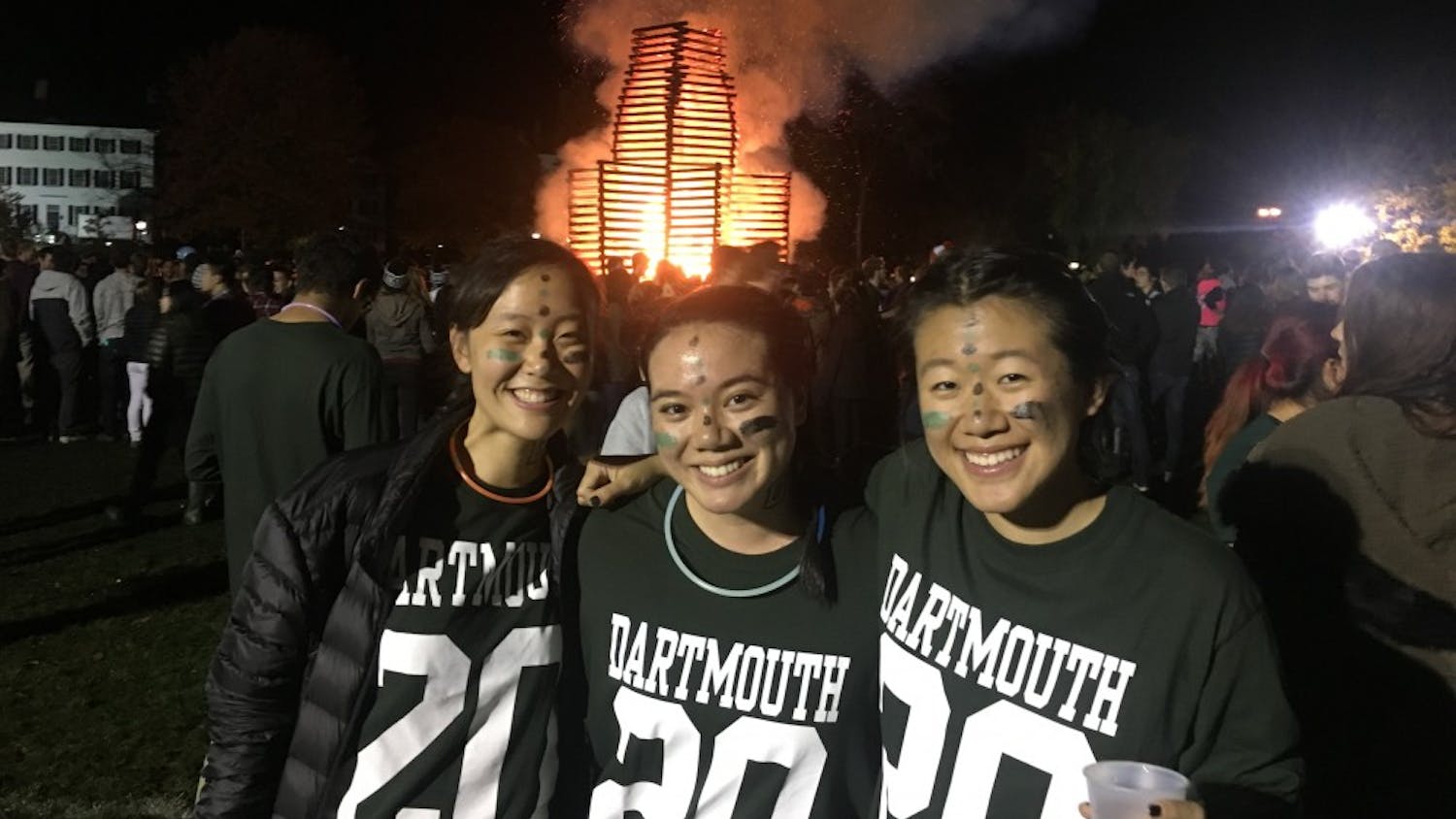Tonight and Friday night, the Sankofa Danzafro dance troupe will perform its show “The City of Others” in the Moore Theater at the Hopkins Center at 7:30 p.m. Through the art of dance and music, “The City of Others” tells the powerful story of young Afro-Colombians who are struggling to combat the historical legacy of slavery and racism in Colombia.
Sankofa Danzafro was founded in 1997 by director and choreographer Rafael Palacios with the mission of bridging the gap between Afro-Colombians and the African diaspora through art. The name Sankofa Danzafro comes from the African philosophy “Sankofa” which means “to return to the root.” By going back to traditional African culture and customs, the artists can navigate their current reality and find a sense of solidarity among each other.
“The City of Others” explores the lives of young displaced Afro-Colombians trying to overcome the challenges of discrimination and alienation in an urban environment. Palacios said he hopes “The City of Others” to challenge the way people think about slavery.
“It was made in 2010 in commemoration of the 150th anniversary of slavery in Colombia,” Palacios said “We wanted to commemorate the end of slavery, not just by talking about slavery, but also how today’s world is still influenced by its historical impacts.”
According to Palacios, the show is a collaborative piece inspired by the personal stories and backgrounds of the performers. The performance is broken up into a series of vignettes each featuring one of the performers’ own struggle with racism and discrimination in Colombia.
“I worked closely with the dancers to tell the story because they each have their own personal background and history,” Palacios said. “We came together and talked about how this history influenced their own lives.”
According to Hopkins Center publicity director Rebecca Bailey, this performance is a great opportunity for the community to learn more about Afro-Colombian culture and to interact with the artists themselves.
In addition to the performance, there will be a public talk with Palacios at the Top of the Hop at 6:30 p.m. before Thursday’s performance. After the show, there will be a dance party with members of Sankofa Danzafro and the Mashrou’ Leila dance troupe. Both of these events will give community members the opportunity to personally engage with the performers.
“It is an intra-cultural experience,” Palacios said. “So, we are trying to build a social network and remove the boundaries between people of different cultures. We want the Dartmouth community to know a little more about our experiences in Colombia, and vice versa.”
The performance invites audience members to interact with a difficult story that is transformed into a highly energetic performance, Bailey said.
“Afro-Colombians as a population are marginalized,” Bailey said. “There is a gap in opportunities that are available to them, and they are disproportionately the victims of violence.”
Bailey anticipates that “The City of Others,” despite its difficult portrayal of diaspora and the lives of displaced young Afro-Colombians, will communicate that there is something beautiful in the experience of seeing this hardship turned into a dynmaic performance of moving art.
According to Bailey, audience members will be exposed to a combination of Afro-Colombian musical and dance traditions.
“What we think will be really wonderful for Dartmouth students is that it is really viscerally exciting to watch,” Bailey said. “It is made out of dance forms that come out of African dance, Latin dance and this hybrid of Afro-Colombian dance and music — which is one of the most wonderful dance and music cultures in the world because it has given us a lot of great rhythms and dance forms. It also has a contemporary element; you’ll see hip hop, which has now become a universal dance language.”
Hopkins Center administrator Karina Sainz said that she thinks the show will defy viewers’ expectations.
“The music and dance are a combination of traditional Colombian music with new-age influences,” Sainz said. “Hopefully, viewers will experience that cross-cultural connection, especially up here in New Hampshire where you don’t see much Colombian or Southern American music or theater. Maybe they can see that this type of music is not always traditional and can be very appealing to modern day viewers.”
In addition to experiencing unfamiliar rhythms and dance forms, viewers can learn more about the everyday lives and struggles of young Afro-Colombians. “The City of Others” provides viewers with a glimpse of a reality they may be completely unaware of, Bailey said.
According to Bailey, Colombia, following Brazil, has the largest population of people of African descent in Latin America.
“So, hearing about that experience and the challenges and realities those young people face will be really interesting to students at Dartmouth as we contemplate our own country’s history with race and racism,” Bailey said.
After seeing this performance, viewers might realize that we have more in common with other cultures than we might think, Bailey said.
“Coming into the performance, people might not know how relatable the life experiences of young Afro-Colombians are to Americans,” Bailey added.
Bailey said the performance depicts people displaced from the countryside who are now working in city offices.
“We’re in a time where a lot of people have to leave their ancestral homes to go to the cities in order to find opportunities and it is really no different in Colombia,” she said.



